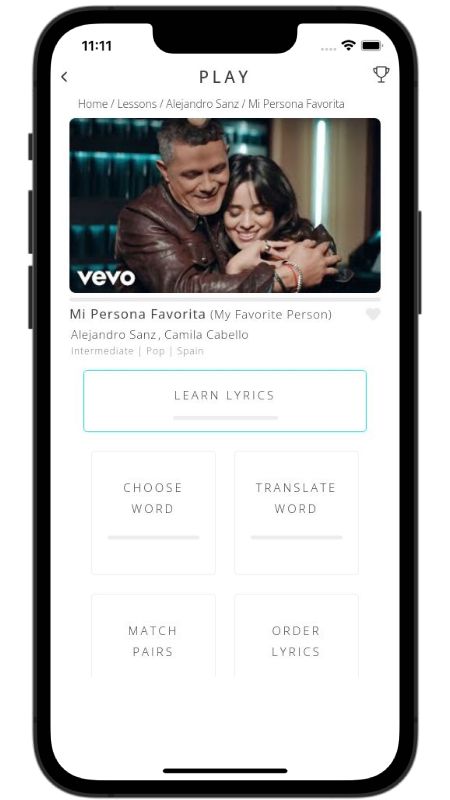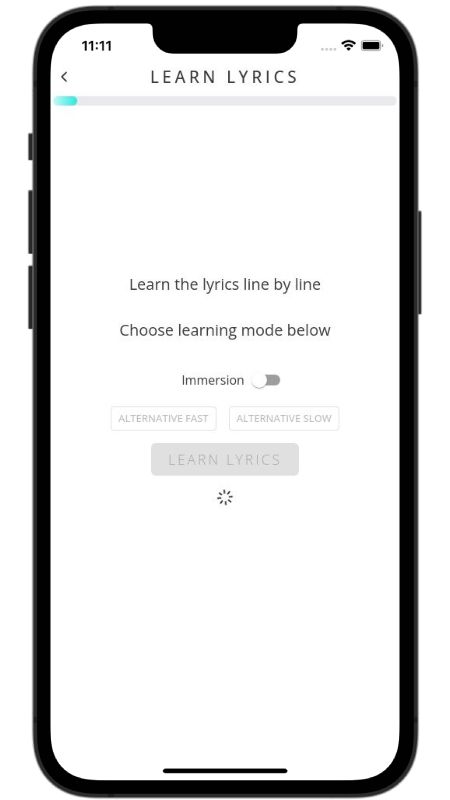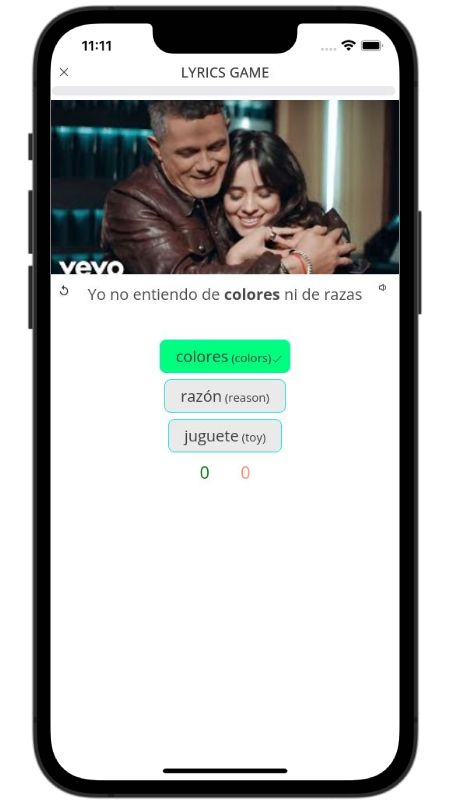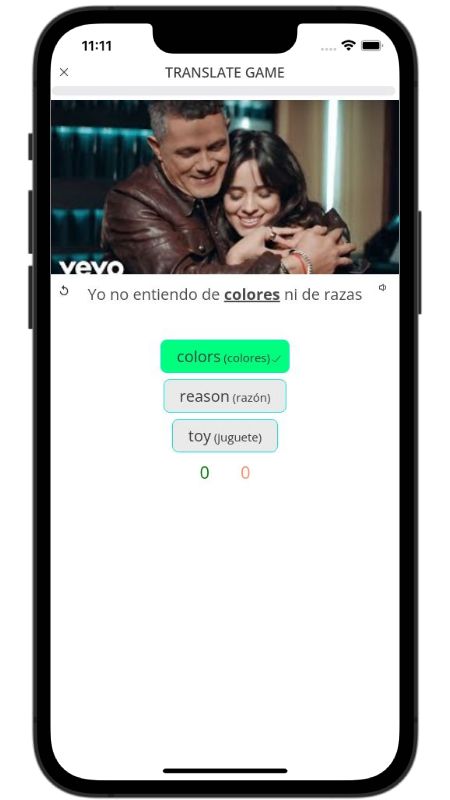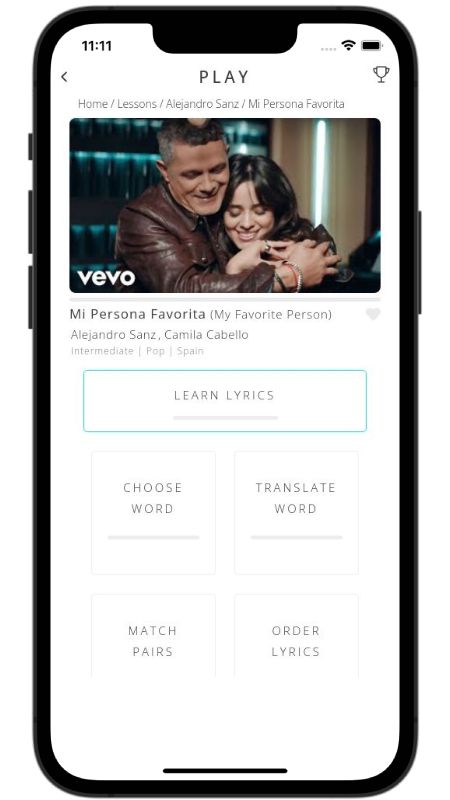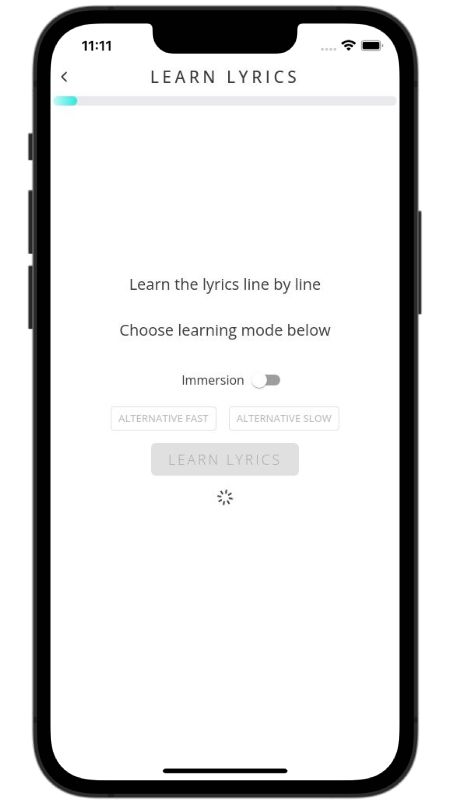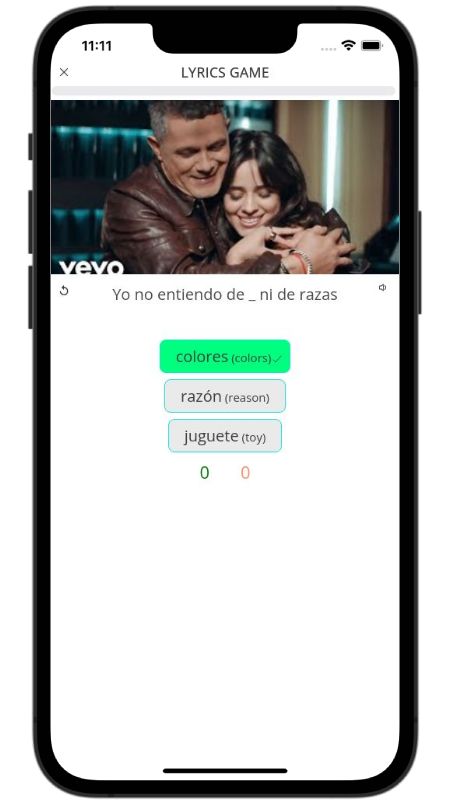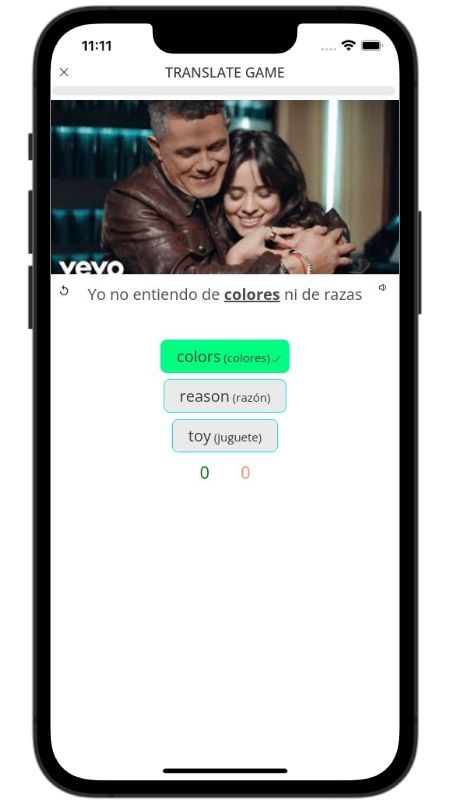Se Vende Lyrics in English Alejandro Sanz
Below, I translated the lyrics of the song Se Vende by Alejandro Sanz from Spanish to English.
We leave so many dreams on the edge of the mattress
We leave melodies beside the emotion
We fight so many duels behind that wall
Tied, I carry the fringe of a sigh and a goodbye
Nobody here calls anymore, not even one voice is heard
The furniture and the silence cram the living room
I stifle the caresses and the pleas
And I write on a sign that I hang on the balcony
'For sale'
A new soul, unused, for sale
I surrender my lead armies
I burn my ships in your womb
Furnished with pain
Chorus 1
Sell the cloud of your soul so that it invents
I hand over my conquests and my forts
The doubts go into the green bin
And the soul goes stitched to our goodbye
Verse 1
Words and the TV mix together
The neighbors report the dreadful silence
The echoes bounced for the last time
I rip the reflections from God’s glass
Your flames went out and I burn
I can’t find the exit to the inside of your love
Now erase our names from the mailbox
And write on a sign that hangs from the balcony
'For sale'
A new soul, unused, for sale
Verse 1
I surrender my lead armies
I burn my ships in your womb
I hand you my helm
Sell the cloud of your soul so that it invents
The dreams, the promises, the earrings
The doubts go into the green bin
And the soul goes stitched to the pants
Why don't you sweep what’s left over from your heart
Why don't you keep what’s worth more
And make me a copy of the portal key
I leave you a space in my memory yet to come
I write you on a list that has no end
I set aside the moments you want, I
I am here to guard the place of love for you
For sale
A new soul, unused, for sale
I surrender my lead armies
I burn my ships in your womb
I hand you over to the duvet
Sell
The cloud of your soul so that it invents
The dreams, the promises, the earrings
The doubts go into the green bin
And the soul goes stitched to my pain
Lyrics and Translations Licensed & Provided by LyricFind
Lyrics © Universal Music Publishing Group
ALEJANDRO SANCHEZ PIZARRO
Did you like these lyrics?
Did you know?
In addition to reading lyric translations, you can now learn Spanish with music and lyrics from your favorite artists.
No more boring lessons. You can now learn with engaging and culturally relevant lyrics from the best artists.
Apple and App Store are trademarks of Apple Inc.
Google Play and the Google Play logo are trademarks of Google LLC.
MORE ALEJANDRO SANZ
